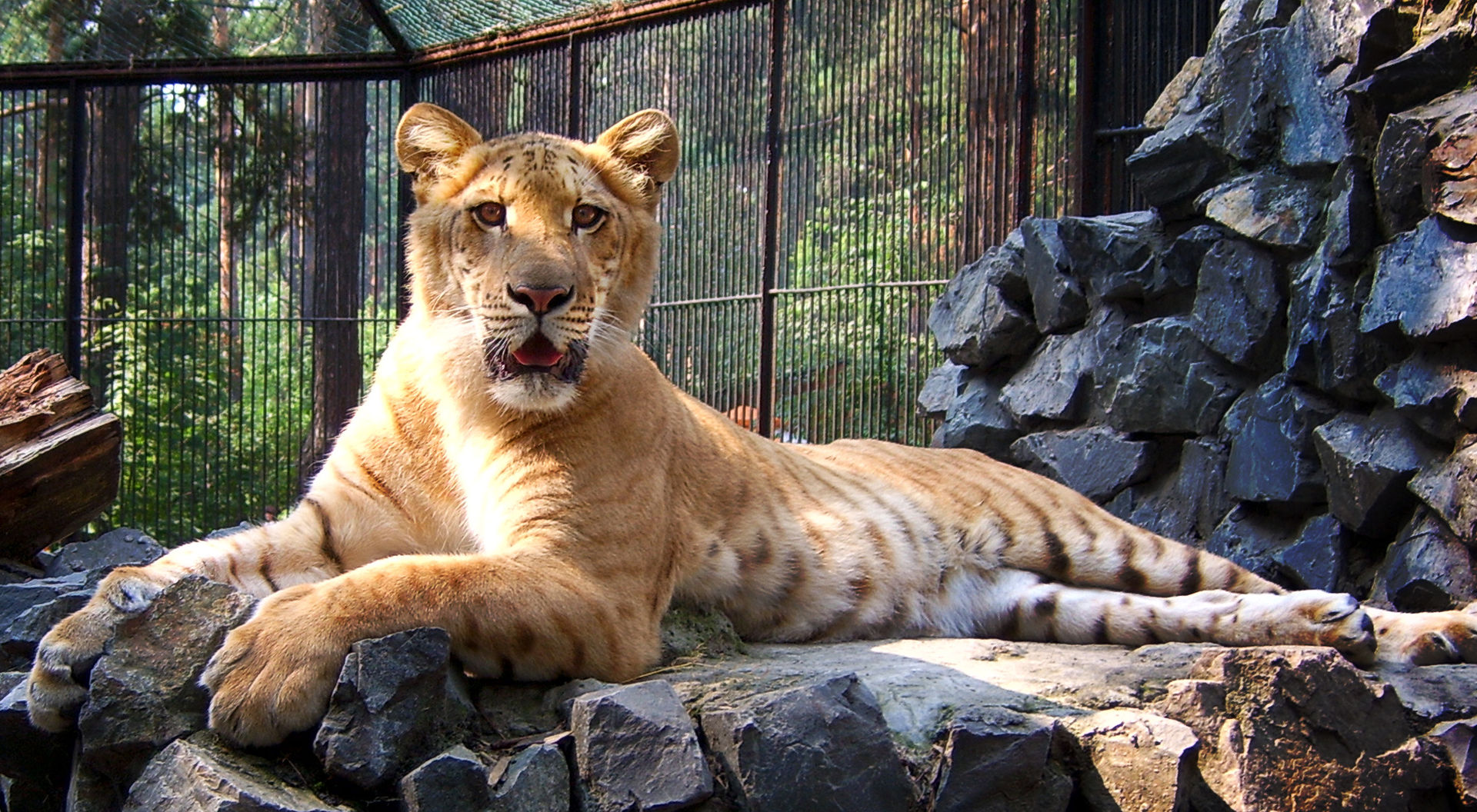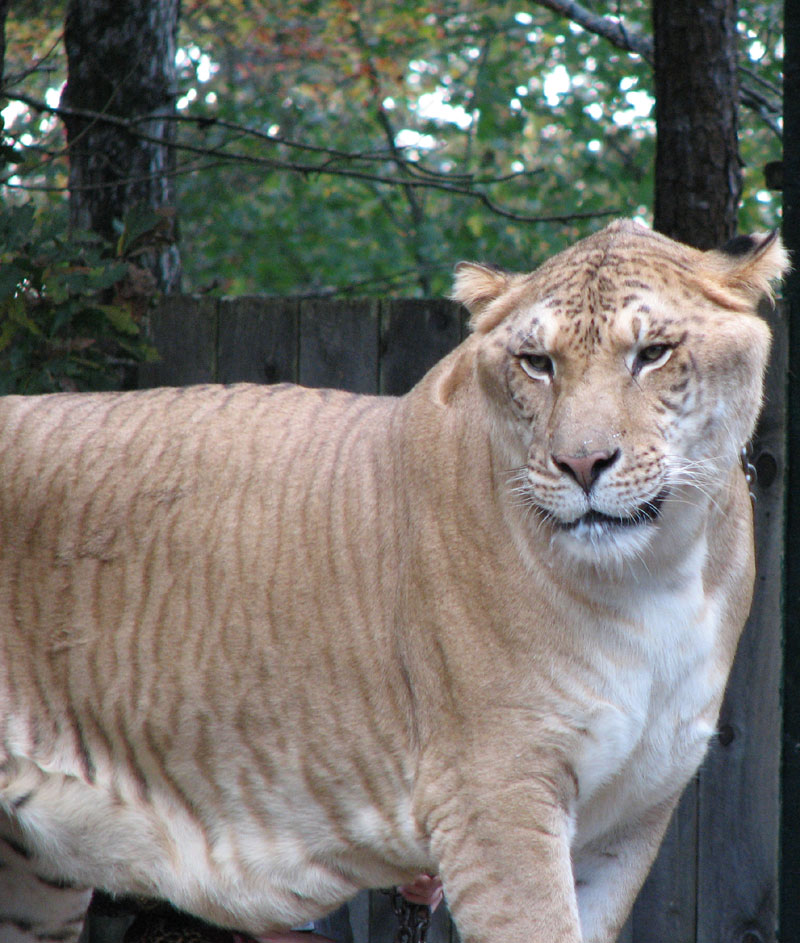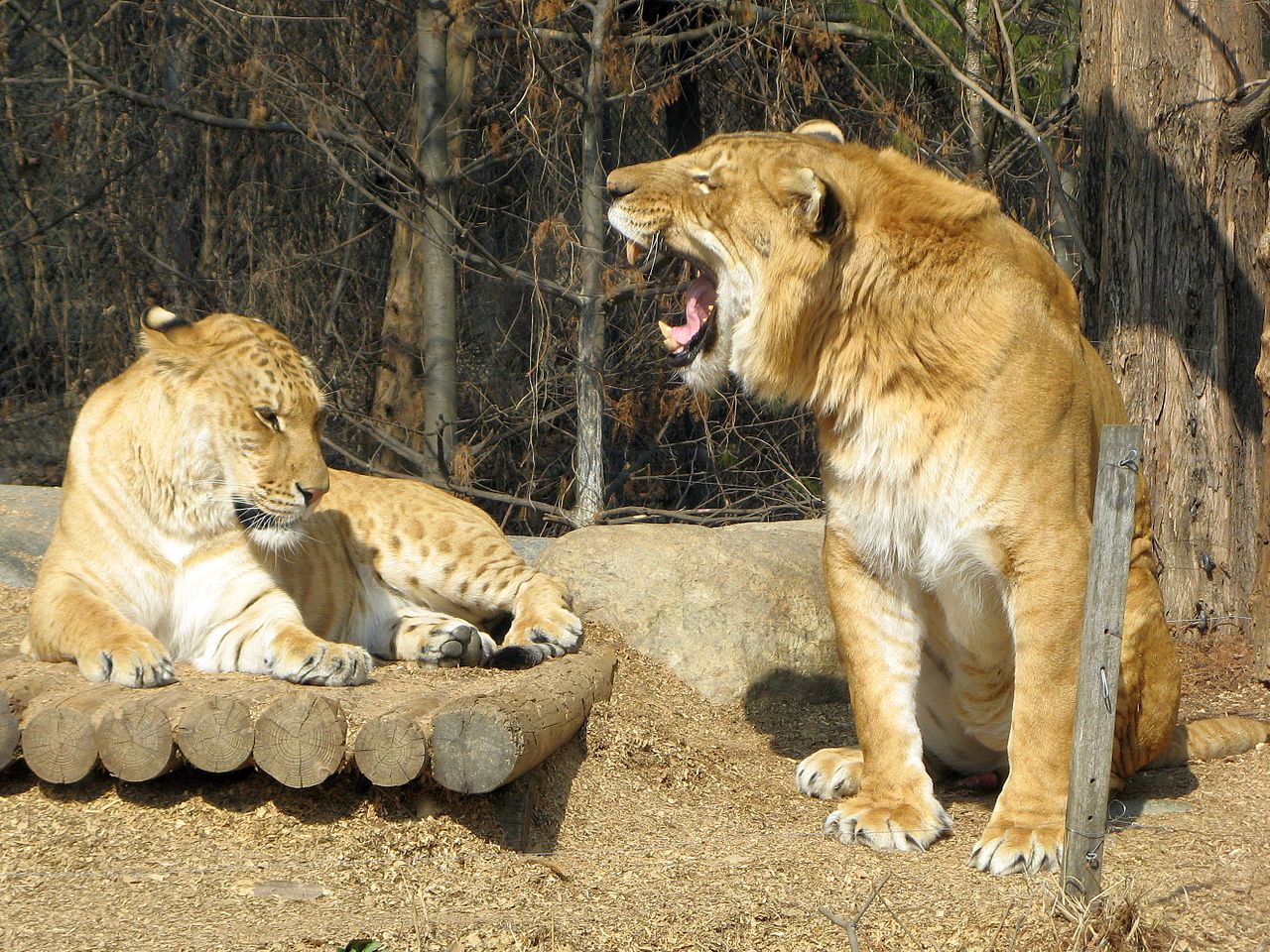There is a very interesting Topic of the Week today that I have written. If you are interested in animals, this is the article for you! I also have some interesting information regarding Jurassic World merchandise!
Days till:
It is: 10 days till Groundhog's Day
It is: 20 days till President Lincoln's Birthday
It is: 22 days till Valentine's Day
In the Spotlight:
The added bonus of an upcoming Jurassic World movie is lots and lots of cool merchandise! Hasbro has advertised a new line of toys that will come out just in time for the movie. In fact, they even made a cool poster for it:
 |
| This is the Hasbro poster for their new Jurassic World line. |
While it is doubtful that the dinosaurs or sets seen in the toy sets accurately reflect everything that will take place in the movie (meaning we shouldn't have to worry about spoilers), the toys are helpful in telling us what coloration the dinosaurs might have in the film (keep in mind that the toys could still be very different from their movie counterparts). Here are some of the new toys below:
 |
| "Titan Raptor Echo" |
 |
| "The Chomping Rex" |
 |
| "Allosaurus Basher" |
 |
| Dimorphodon - in Jurassic World, will it be friendly or dangerous? |
 |
| Velociraptor |
Cool, huh? It is believed the toy line will be released in May. To see more toys, check out this link.
Topic of the Week by Christian Ryan
 |
| Lions, and Ligers and Tygons...oh my! |
Many people believe that animals can only breed with members
of their own species. But animal reproduction isn't nearly as limited to this
as most people think! In fact, many times both in the past and present times,
animals of different species have together produced offspring, many times
fertile. Welcome to the world of hybrids!
How are hybrids even possible? How can animals that are two
completely different species breed with each other? Well, the answer is easily
found in the Bible. In Genesis 1:21 and 25 states that when God created
animals, He made them to reproduce after their own kind. The word “kind” is
also used in a similar context in Genesis 6 and 8, when God instructed that
Noah take two of every kind of land and flying animal on the Ark (in addition
to seven or seven pairs of clean animals). Now the Biblical term “kind” is
different from our usage of the word “kind” today. Today, a “kind of animal”
can mean “species”, “family” or etc. in modern classification methods. But the
Bible's definition of “kind” seems to indicate that the word implies groups of
animals that can breed with each other. In other words, God created animals to
reproduce within the boundaries of their “kind”. For example, today we have the
“dog kind”, “cat kind”, “horse kind”, “elephant kind” and etc. There are
different variations within each kind of animal, and different species within
this kind can interbreed, but that's where it stops. They don't change from one
kind of animal into a different kind of animal. Modern science not only
supports this, but it also doesn't offer any proof that they animals can evolve
into different kinds of animals (I could go into why humans didn't evolve from
apes or why dinosaurs didn't evolve into birds, but getting that
specific is beyond the scope of this article). The proper word for a “created
kind” is baramin. Most creationist scientists agree that usually, the word
baramin is synonymous to the level of “family” in modern classification
methods. After the Genesis Flood, each baramin exited the ark and reproduced;
overtime, different variations came about within the specific baramins (e.g.
African and Asian elephants and mammoths all descended from the “elephant
kind”; coyotes, wolves, great Danes and poodles descended from the “canine
kind”). So in a nutshell, the easy way to tell if two animals are from the same
baramin is if they can breed with each other. You can check out the references
below for a more scientific method of determining baramins.
 |
| All the different members of the ceratopsid family are in the same baramin. Illustrated above (top left to right bottom) are: Triceratops, Chasmosaurus, Styracosaurus and Pachyrhinosaurus. |
But here's the cool thing: while most animals breed with
members of their own species, many breed with other members of their baramin.
Today we're going to look at just a few of these remarkable hybrids:
Felines
 |
| The liger is a cross between a male lion and a female tiger. |
Perhaps one of the most famous hybrids of all is the liger.
You can probably guess or already know that ligers are the descendants of a
lion and a tiger, but it has to be a male lion and a female tiger to be
considered a liger. If you get offspring from a female lion and a male tiger,
the cub is called a tigon. Weighing as much as 1,000 lbs and stretching 9-10
feet long, ligers are the largest cats that have ever existed, even larger than
the largest wild cat, Smilodon populator, also known as the
saber-toothed cat, that weighed up to 880 lbs. As you would expect, ligers have
traits of both lions and tigers: ligers possess a (faint) striped coat and love
to swim like tigers, and like lions they are very social creatures and have
rosette markings. Did you know that ligers are not sterile as is
commonly believed? In fact, several female ligers have been known to reproduce
offspring.
 |
| Ligers are the largest cats ever to exist on earth. |
Ligers and tigons aren't the only cat hybrids out there.
Pumapards – crosses between pumas and leopards –, jaglions – crosses between
jaguars and lions –, Blynxes – crosses between bobcats and lynxes (this pairing
has occurred in the wild) – and lynxcats – crosses between lynxes and domestic
cats.
 |
| Jaglions are crosses between jaguars and lions. |
Equines
.jpg/800px-Mule_(1).jpg) |
| Mules are crosses between a male donkey and a female horse. |
Even though many people are familiar with ligers, the most
well-known hybrid of them all is the mule, a cross between a male donkey and a female
horse. A cross between a female donkey and a male horse is called a hinny. Even
though most mules are infertile, some female mules have given birth to
offspring when they have mated with a purebred horse or donkey.
 |
| Should the zonkey be placed in a zoo or a farm? I don't know either. |
Have you ever heard of a Zonkey? This is a cross between a
male zebra and a female donkey. Zorses are the result of breeding a male zebra
and a female horse. Both zonkeys and zorses have a mixture of traits from each
parent, one of which is the characteristic stripes of the zebra parent.
Cetaceans
 |
| This is a baby Wolphin. |
Hybrids aren't only limited to terrestrial creatures. At
Hawaii's Sea Life Park in 1985, a female bottlenose dolphin mated with a male
false killer whale, resulting in a wolphin. There is only one wholphin in
captivity today, but they have also been reported in the wild. The wholphin is
a fertile animal; this was proved when the individual at Sea Life Park
successfully mated with male dolphins and over time has given birth to three
calves, only one of which (the third one born) is still alive to this day. Like
her parents, Sea Life Park's wholphin is a regular part of the park's tour.
Camels
 |
| The cama is a cross between a camel and a llama. PHOTO CREDITS |
Even though the llama looks like a cross between a sheep and
a camel, it and its cousin the alpaca, are members of the camel family. The
cama is a cross between a male dromedary camel and a female llama. The first
cama ever was born on January 14, 1998. The hopes of the breeders was to create
an animal with higher wool productions than a normal llama, but with the
strength and size of a camel and cooperative temperament. Like the camel, they
can survive for long periods of time without water.
Ursines
 |
| The pizzly bears pictured above are a cross between polar bear and brown bear. |
In 2006, a Idahoan hunter named Jim Martell went to Canada
after buying a license to hunt a polar bear for $45,450. He found a bear and
shot it, believing it to be a polar bear. But on closer inspection, he was
confused about the bear he shot – it had the thick, cream-colored fur and long
claws expected to be seen in a polar bear, but it also had a muscly hump over
its shoulder, brown patches around its eyes, nose and back and a shallow face
like a grizzly bear. What had shot? As he didn't buy a license to kill a
grizzly bear, Jim would have possibly been charged a fine of $1,000 and up to a
year in jail if he did indeed shoot a grizzly. Fortunately for him, he didn't
shoot a grizzly, but he didn't shoot a polar bear either. He had shot a
creature descended from both animals! A similar incident occurred in 2010.
This cross between a grizzly bear and a polar bear has been
referred to as a “pizzly” or “grolar” bear. The cause of this hybrid is
believed by scientists to result from the overlap of the habitats of grizzly
and polar bears in Canada. Pizzly bears have been bred in zoos and, as
expected, exhibit features and behaviors of both parents.
Bees
.jpg/800px-J_Pod_-_Killer_Bee_(by-sa).jpg) |
| The killer bee was accidentally released into the wild in 1957. |
In the 1950's, biologist Warwick E. Kerr decided to breed
African bees with European bees to create a type of bee that produced more
honey and was more suited for tropical environments. The new type of bee he
bred was called the Africanized bee. These bees were initially bred in Brazil
and were noted to be particularly defensive. But in October 1957, a beekeeper
visiting the place where these bees were kept accidentally released 26 swarms
of the Africanized bees! The bees began moving northward and spread out,
multiplying fast. Eventually they moved into the United States, with the first
permanent colony sited in 1990 in Texas. Most people know these bees as “killer
bees”. These bees differ from their European ancestors in many ways:
- They like to swarm and go farther than other types of honey bees
- Are more likely to migrate in response to lowered food supply
- Entire colonies are more likely to leave hives to relocate in response to stress
- Has greater defensiveness when in resting swarms compared to other honey bee types
- Lives more in ground cavities than European bees
- Higher portion of guard bees within hive
- Deploys in greater numbers for defense and pursues perceived threats over much longer distance from hives
- They can't survive extended periods of forage deprivation, preventing introduction into areas with harsh winters or extremely dry late summers
Despite their reputation, however, killer bees really aren't
the assassins Hollywood makes them out to be; they aren't larger than normal
bees, nor do they have more potent venom or stalk people in deadly swarms. The
reason why they are more dangerous than other honey bees is because they have
more perseverance and are easier to agitate. This aggression comes from their
African bee ancestors, which have to fend off much more dangerous honey-thieves
than European bees, such as the honey badger.
Elephants
 |
| Motty was the first confirmed cross between an African elephant and an Asian elephant. PHOTO CREDITS. |
Hybrids have also occurred between members of the elephant
kind. Whereas most baramins are synonymous to the level “family” in modern
classification, the elephant baramin might be an exception and instead might be
at the classification level of the order “proboscidea”, which would include all
modern elephants, and also mammoths, mastodons and several other extinct
trunked mammals, with a few exceptions, such as the tapir-like Moeritherium.
Motty was a hybrid between a female Asian and a male African
elephant that was born on July 11, 1978 at the Chester Zoo in Cheshire,
England. Motty was a male and bore features from both of his parents, including
the cheek, long and pointed lobed ears, longer and slimmer legs, wrinkled trunk
of an African elephant and the number of toenails (5 front, 4 back), sloping
and domed head and the single-fingered trunk of an Asian elephant.
Unfortunately, the elephant was unhealthy upon birth and died 12 days after
birth. Other unconfirmed elephant hybrids have been reported.
Contrary to what many evolutionists wish was true, the
variety within each baramin doesn't prove evolution is true, but rather, they
brilliantly showcase the amazing genetic diversity God provided each of His
creations with. Over time, this genetic diversity enables animals to change and
adapt to their environmental needs via natural selection and mutation. This
enables us to have an amazing diversity among animals today. We don't know everything
about the different baramins God created, but that gives us all the more reason
to continue studying and learning about all of God's wonderful animals.
References:
Disclaimer: Many (or in some cases all) of
the photographs and images above are not mine. If you own one or more of them
and would like them to be removed, politely let me know via one or both of the
email addresses above.
No comments:
Post a Comment